India, with its diverse climatic conditions, has an abundance of fruits and vegetables across seasons. Consuming seasonal produce ensures the intake of fresh and nutrient-rich food. Let us explore the world of a vibrant array of fruits and vegetables that each season in India offers.
Spring (March to May)
Fruits:
Mango: The king of fruits, Mango, signifies the arrival of summer. Various types of mangoes like Alphonso, Kesar, and Banganapalli are famous for their sweetness and flavour. This fruit is rich in vitamins A and C, and they also provide a good amount of fibre and antioxidants.
Papayas: Papayas are particularly abundant in the spring and summer but available almost year-round. They are rich in vitamins A and C, folate, and fibre. Papayas are also known for their digestive health benefits due to the enzyme papain.
Vegetables:
Bitter Gourd: This is a popular spring and summer vegetable known for its medicinal properties. It is low in calories but high in fibre, vitamins, and minerals. Bitter gourd is often recommended for people with diabetes due to its blood sugar-lowering effects.
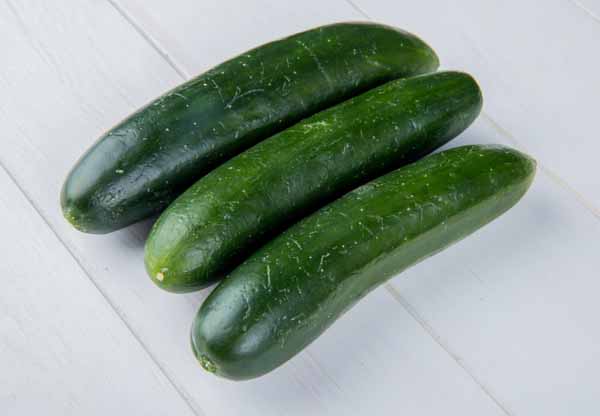
Cucumber: A cooling vegetable perfect for refreshing salads especially during summer. Cucumbers are hydrating, low in calories, and contain vitamins K, C, and potassium.
Summer (June to August)
Fruits:
Watermelon: Watermelons are hydrating fruits and are perfect for the hot summer months. They are rich in vitamins A, B6, and C and antioxidants like lycopene, which are good for heart health.
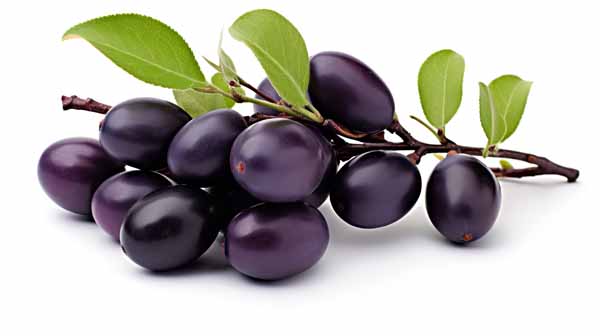
Jamun: Also known as Indian blackberry, Jamun is known for its unique sweet-tart flavour. It is rich in vitamin C, iron, and antioxidants. Jamun is often recommended for people with diabetes due to its potential to regulate blood sugar levels.
Vegetables:
Bottle Gourd: This vegetable is a staple in summer diets for its cooling properties and is commonly known as Lauki. Bottle gourd is low in calories and water content, making it ideal for weight loss and hydration.
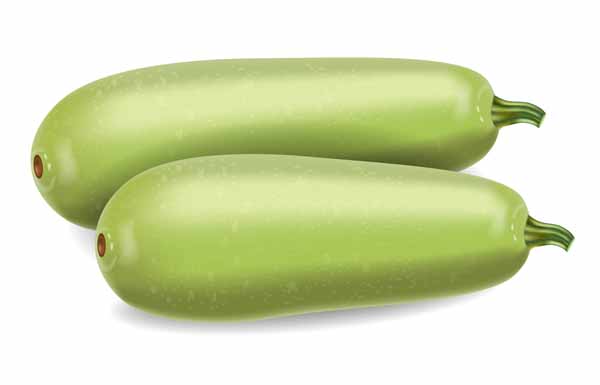
Tomatoes: Tomatoes are particularly abundant and flavorful in the summer but are available year-round. These are rich in vitamin C, potassium, folate, and vitamin K. They also contain lycopene, which has antioxidant properties.
Monsoon (September to November)
Fruits:
Custard Apple: This fruit is also known as Sitaphal. Custard apple is creamy, sweet and perfect for the monsoon season. They are rich in vitamins A and C, magnesium, phosphorus, and dietary fibre.
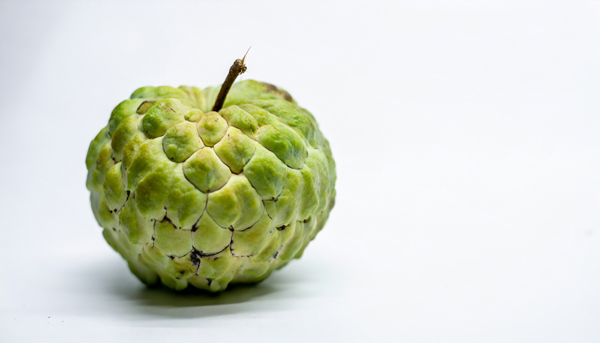
Pineapples: These tropical fruits are juicy and sweet, ideal for the rainy season. Pineapples are rich in vitamin C, manganese, and bromelain, an enzyme that may help with digestion and reduce inflammation.
Vegetables:
Radish: Known for its sharp flavour, radish is a common ingredient in salads and curries. Radishes are low in calories but high in vitamins C and B6, potassium, and folate.
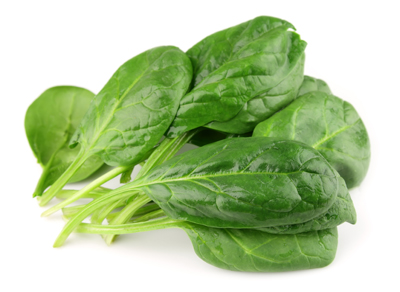
Spinach: This nutrient-dense leafy green is ideal for soups and curries. Spinach is rich in vitamins A, C, and K1, folic acid, iron, and calcium.
Winter (December to February)
Fruits:
Oranges: Oranges are a winter favourite and rich in vitamin C. They are juicy, sweet, and great for boosting immunity. Oranges also provide dietary fibre, thiamine, folate, and antioxidants.
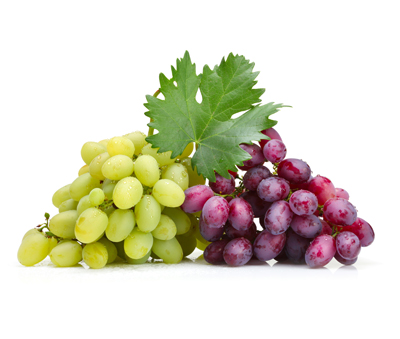
Grapes: Available in various colours and flavours, grapes are rich in antioxidants and vitamin K. Grapes are also a good source of vitamins C and B6, potassium, and thiamine.
Guavas: Guavas are a delicious winter fruit and are known for their high vitamin C content. They also provide dietary fibre, folate, vitamin A, potassium, and copper.
Vegetables:
Carrots: These root vegetables are rich in beta-carotene, which the body converts to vitamin A. Carrots are perfect for soups, salads, and traditional Indian sweets like gajar ka halwa. They also provide fibre, vitamin K1, potassium, and antioxidants.
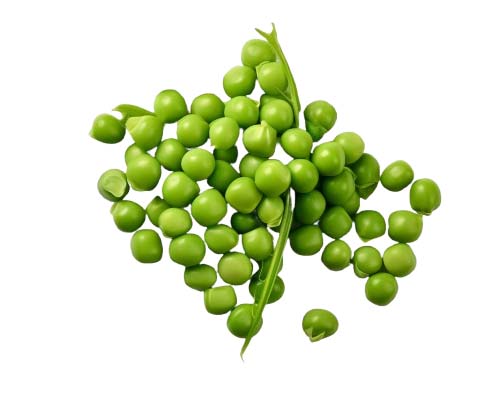
Peas: Fresh green peas are a winter delight and add a sweet flavour to various dishes. Peas are a good source of vitamins A, K, and B6, folate, and fibre.
Benefits of Eating Seasonal Produce
Nutritional Value: Seasonal fruits and vegetables are harvested at their peak, ensuring maximum nutrition and flavour. They retain more nutrients than out-of-season produce that may have been stored for long periods.
Cost-Effective: Seasonal produce is often more affordable as it is abundant and does not require expensive transportation and storage. Buying in-season fruits and vegetables can help save money.
Supports Local Farmers: Buying seasonal produce supports local agriculture and helps reduce the carbon footprint. It also promotes sustainable farming practices and benefits the local economy.
Better Taste: Seasonal produce is fresher and tastes better than out-of-season varieties. Fruits and vegetables picked at their peak ripeness are more flavourful and aromatic.
Tips for Incorporating Seasonal Produce
Plan Your Meals: Make a meal plan based on the season to ensure you are consuming various nutrients. Incorporating seasonal produce can also inspire creativity in the kitchen.
Visit Local Markets: Explore local farmers’ markets to find fresh seasonal produce. These markets often have a wider variety of fruits and vegetables that are in season.
Preserve Excess Produce: Learn techniques like pickling, freezing, and drying to preserve seasonal fruits and vegetables for later use. Preserving produce can help reduce food waste and provide access to seasonal flavours year-round.
Experiment with Recipes: Try new recipes that highlight the flavours of seasonal produce. Experimenting with different cooking methods and ingredients can make meals more exciting and nutritious.
Conclusion
Eating seasonal fruits and vegetables is a wonderful way to ensure a nutritious and sustainable diet. Each season in India brings a unique variety of produce that is not only delicious but also packed with essential nutrients. By consuming seasonal produce, you can enjoy fresher flavours, support local farmers, and benefit from the nutritional value of fruits and vegetables picked at their peak.
So, next time you shop for groceries, remember the seasonal bounty and enjoy the flavours and health benefits they offer. Embrace the diversity of seasonal produce and make the most of what each season offers.
Happy eating!
For more such informative/interesting blogs, visit Mother’s Pet Kindergarten.

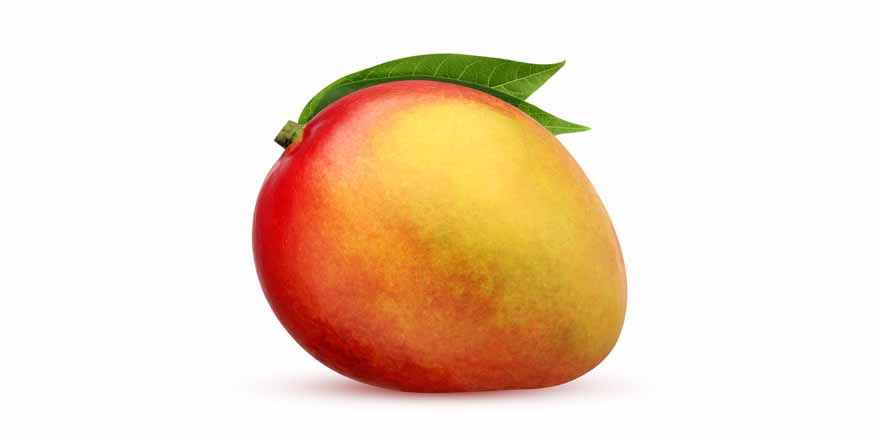

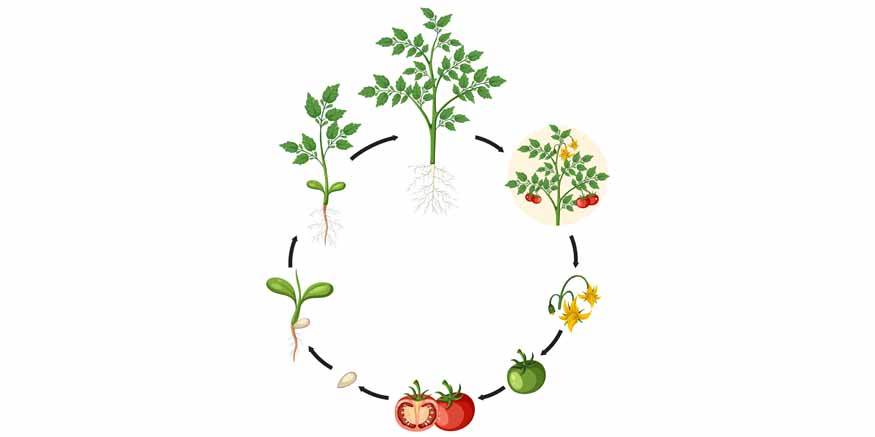









Recent Comments